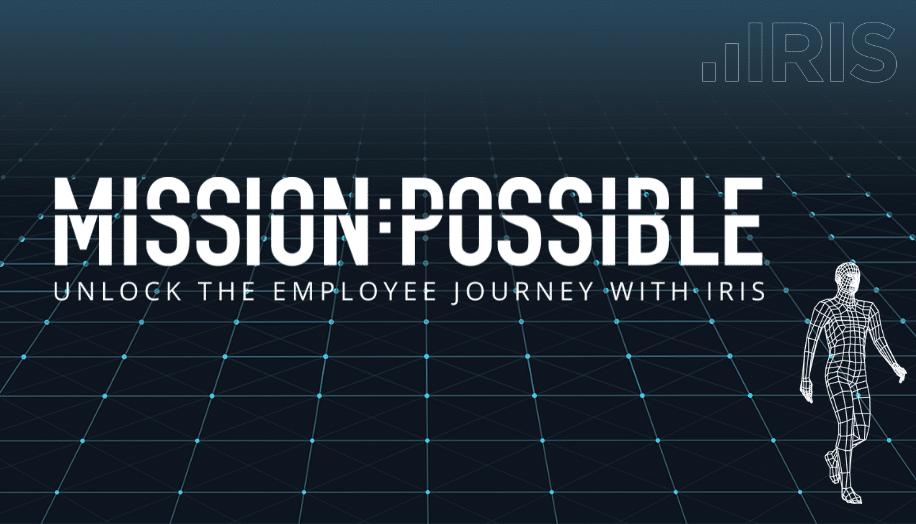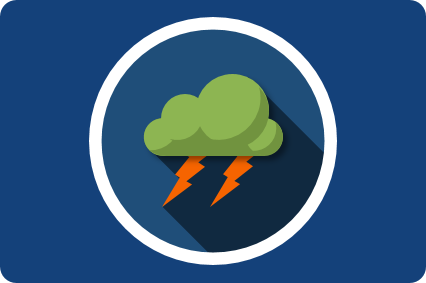BLOGS
The Rise and Fall of Software as a Service (SaaS)

We’ve heard how the cloud promises to raise our business operations to a utopia of simplicity and efficiency, but one hole in modern day SaaS platforms is causing storm clouds to rain on many companies’ parades.
We’re all aware of the numerous benefits of cloud computing. The opportunities for business globalisation, backed-up data storage, automated functionalities – to name a few – have all lead to the increase in cloud-based software that has dominated the market. In fact, PWC reported that cloud computing was one of the biggest priorities for business executives in 2015, taking a majority percentage for many technology investment budgets.
In recent years, the rise of SaaS subscription based products has increased dramatically and almost every aspect of business now has an associated software you can access online. There are numerous benefits to using SaaS based products:
- There are no set up costs or tedious installation procedures
- SaaS offers ongoing scalability with on-demand, automatic upgrades
- The software is available on numerous devices in any location with an internet connection
- Businesses have access to the tools they want to improve their operations
So why then are several companies claiming the cloud has cast a shadow over their corporate success?
The Problem
Software as a Service solutions provide users access to technology and functions that help digitise, automate and generally improve their business operations. However, one aspect is frequently lacking as part of this offering – support from the software providers.
A survey commissioned by cloud hosting provider Elastichosts, found that out of the 93% interviewed who use some form of off-premise software, 75% feel like they have had to sacrifice support services during the switch. Many criticise a distinct lack of expertise or guidance when it comes to getting the very best out of the software.
To make SaaS products an appealing, cost-effective and suitable investment, many of these software developers offer numerous price packages that include varying degrees of access to the features. As you’d imagine, the more you’re willing to pay on a monthly or annual subscription, the more features will be available to you. However, Elastichosts research revealed that 80% of CIOs felt ripped off for being charged premium rates for what they believed should be basic support. CEO Richard Davies stated:
“Users are right to expect expert support included as standard with their cloud services.”
The problem with most cloud based SaaS solutions is that they are designed as a one-size-fits-all solution to very broad aspects of business, which often leads to a disconnection between the software users and the software providers. It very quickly becomes an “us and them” scenario, with a definite divide between the software on offer, the support required and the user’s individual business needs. There’s minimal integration and support is often impersonal, requiring you to repeat your problem to an outsourced call centre who knows very little about how your specific problem can be resolved for your specific business.
Ultimately, it is extremely frustrating when you’ve invested in software that is supposed to make your business operations easier, but instead leaves you frustrated as you try to adapt to the new way of working without adequate support. It’s no wonder that more than a third of the CIO’s interviewed revealed the problems they’d had with the cloud would be enough for them to move operations back in house.
The Solution
Thankfully, SaaS solutions are not all created equally. Karl Robinson, chief commercial officer of StratoGen, said many of these challenges can be easily avoided if users take the time to find a cloud platform right for them.
“A cloud platform should always be fit for a business’s individual needs, with in-built scalability to allow for growth, without surprising cost hikes.”
In order to get the very best out of third party software, you need to ensure that the service you are getting is designed to fit your individuals business’s needs. It is for this reason that Innervision employs a software AND a service modal towards their lease management software, LOIS.
The biggest difference between Innervision’s software and a service model to traditional software offerings is that Innervision combines the outsourced services of optimised lease management alongside access to the software’s features and functions, allowing you to work in tandem with the experts.
Whether it is data migration and mining or new lease arrangement, companies that use Innervision receive the benefits of advanced, automated leasing software, as well as the experienced support of leasing experts. These companies know that if they have a problem or they want further help optimising the very best leasing deals for their business, they have access to the support of leasing experts who can actively work towards bettering their lease management because they’ve worked on maximising their lease portfolio with them.
There is a demand for support alongside software as a service platforms and modals such as Innervision’s software AND a service solution are helping to bridge this gap. By combining the benefits of outsourcing to experts alongside access and control of powerful software functionality, companies are able to truly optimise their business operations and get the level of service they demand from a third party.
It is incredibly frustrating when companies boast “industry leading expertise” and “ground-breaking developments” and yet we never seem to directly benefit from it. The software AND a service platform allows businesses to work in tandem with the experts, benefiting from their industry experience and dedicated support.
Who would you prefer to answer your support calls: a person with little to no experience, who keeps passing you on to new people to explain your issue to or a dedicated account manager who has worked on your lease portfolio alongside you? You’ve picked software because you have a need for it within your business so who better to help you apply it specifically to your internal operations and beyond than the people who developed it.
Naturally, this solution does not suit every business and software as a service solutions are still relevant in today’s technological age. However, the priority should be providing the best service possible for the user and software support should go beyond IT problems to look at actually applying the principles to the business.
For more information on picking a software offering that provides dedicated support to your individual business requirements, follow this link to learn more about Innervision’s Software and a Service platform.
Share this Article:












